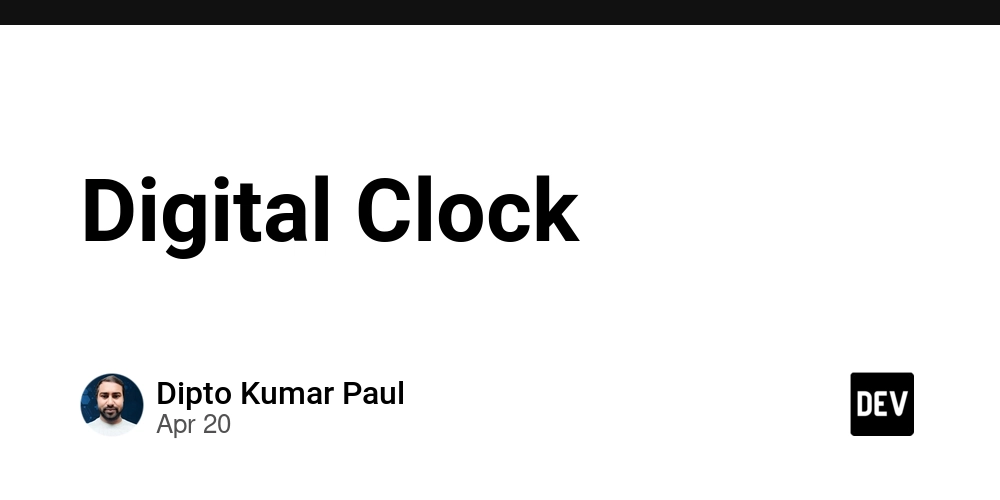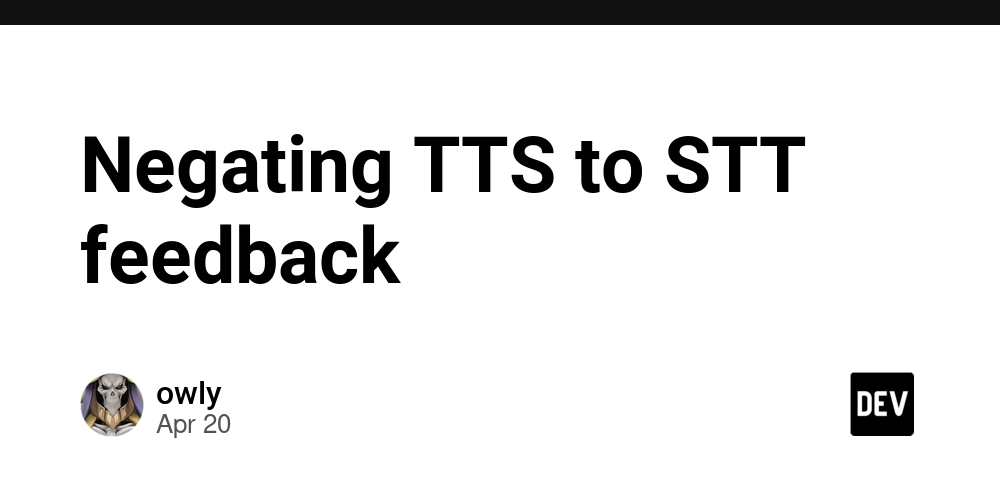Is religion on the rise in America?
In the next couple of days, when I finally get time to write, I’m going to point out several articles in the MSM which are gleeful about the supposed return of religion to America. The New York Times, for example, is laden with pieces about how we’re afflicted with a God-shaped hole in our souls … Continue reading Is religion on the rise in America?

In the next couple of days, when I finally get time to write, I’m going to point out several articles in the MSM which are gleeful about the supposed return of religion to America. The New York Times, for example, is laden with pieces about how we’re afflicted with a God-shaped hole in our souls that must be filled by religion. They have, in fact, published several excepts (which I’ve criticized) of Ross Douthat’s new book Believe: Why Everyone Should Believe in God, and now you can find his goddy lucubrations at The Free Press as well. The New Yorker also gave his views a lot of space, views that I summarized and criticized here. An excerpt from that post:
I swear, NYT columnist Ross Douthat must have a huge publicity machine, because his latest book, Believe: Why Everyone Should Be Religious, is appearing everywhere, usually as excerpts. The point of the book is to assert that religion’s decline in America is slowing, and that readers having a “God-shaped hole,” denoting a lack of religious meaning in their lives, should not just become religious, but become Christian. (Douthat thinks that Catholicism is the “right” religion, and of course he happens to be Catholic).
And by “believe,” Douthat doesn’t just mean adhering to a watered-down form of Christianity that sees the New Testament as a series of metaphors. No, he really believes the tenets of his faith, including the miracles of Jesus, the Crucifixion and Resurrection, and the existence of Satan and the afterlife. (See my posts on this delusional book here.) It is a sign of the times that this book, which calls for people to embrace claims that are palpably ridiculous and totally unevidenced—unless you take the New Testament literally, which you can’t because it’s wrong and self-contradictory—is getting not only wide press, but approbation. Even the New Yorker summary and review of the book, which you can read by clicking below (the screenshot links to the archived version here) is pretty mild in its criticism. Author Rothman is a nonbeliever, and gives good responses to Douthat’s “evidence” for God, but at the end says the he “respects [Douthat’s effort to persuade.” What does that mean? He respects Douthat’s efforts to proselytize people with a divisive and harmful faith, and to believe stuff without evidence? Well, the New Yorker has always been a bit soft on faith (despite the fact that most of its writers are atheists), because some of their rich and educated readers have “belief in belief”.
All the attention devoted to the “resurgence” of religion in American seems to come from a 2024 Pew survey of “nones” (people who aren’t affiliated with a conventional church), a group that’s been increasing for a long time, Nones include atheists, agnostics, people who consider themselves spiritual, pantheists, and God-believers who don’t fit in anywhere.
Look! A drop in one year!
As you see, the rise in “nones” has been pretty steady since 2007, nearly doubling in percentage by 2022. But from 2022 to 2023, the number of nones fell by 3%. That fall is what seems to have excited lots of believers (or “believers in belief”), who are pumping out articles on the resurgence of religion in America and excitedly writing books and articles dissecting why God is back.
Now this fall may be real, but I doubt it will continue, if for no other reason than, as Steve Pinker has pointed out, science and rationality continue to take up the space that used to be God’s purview, at least in the West. My own prediction is that, given a few centuries, America will be about as atheistic as Scandinavia, with “religious” observances confined to weddings, holidays, and the like.
What does the fall mean? Well, it could reflect a rise in wokeness, an ideology that nicely accommodates religious belief. It could reflect the fact that we had a pandemic, or that American economic and social well being fell during this period. It’s well known that when well-being falls, religiosity rises and “none-ness” is likely to fall. (Marx was perhaps the first to realize this but it’s been modernized and verified by the work of Norris and Inglehart, whose thesis is summarized in this book, summarized thusly:
This book develops a theory of existential security. It demonstrates that the publics of virtually all advanced industrial societies have been moving toward more secular orientations during the past half century, but also that the world as a whole now has more people with traditional religious views than ever before. This second edition expands the theory and provides new and updated evidence from a broad perspective and in a wide range of countries. This confirms that religiosity persists most strongly among vulnerable populations, especially in poorer nations and in failed states. Conversely, a systematic erosion of religious practices, values, and beliefs has occurred among the more prosperous strata in rich nations.
The U.S., by the way, doesn’t rank very highly in either happiness or well-being (including income inequality), possibly explaining why, though we have a substantial amount of secularity, it’s much lower than in countries like Sweden, Denmark, and Switzerland, which are also less religious.
At any rate, the slight fall in the graph above has given rise to a huge amount of press explaining and extolling America’s return to God. We are told, for example, that we harbor a “God-shaped hole”: a longing to find meaning in life that can be fulfilled only by accepting a divine being. (Ayaan Hirsi Ali is a prominent exponent of this view,and it may have worked for her.)
All I’m saying is that I predict a spate of articles in the press touting America’s return to God and explaining our “God-shaped hole.” And, as far as I can see, it all comes down to that 3% drop in “nones” over one year. There may be more to these claims that I don’t know, but I don’t think America is reverting to conventional religious belief.








































































